Examining your pet’s poo might not be the most pleasant task, but it’s a valuable way to gain insights into their health. Here’s what your cat or dog’s poo can tell you about their overall well-being.
1. General Health Indicator

Healthy, firm poo suggests your pet is in good health. Changes in consistency or colour can signal health issues that might require a vet’s attention.
2. Digestive Well-being
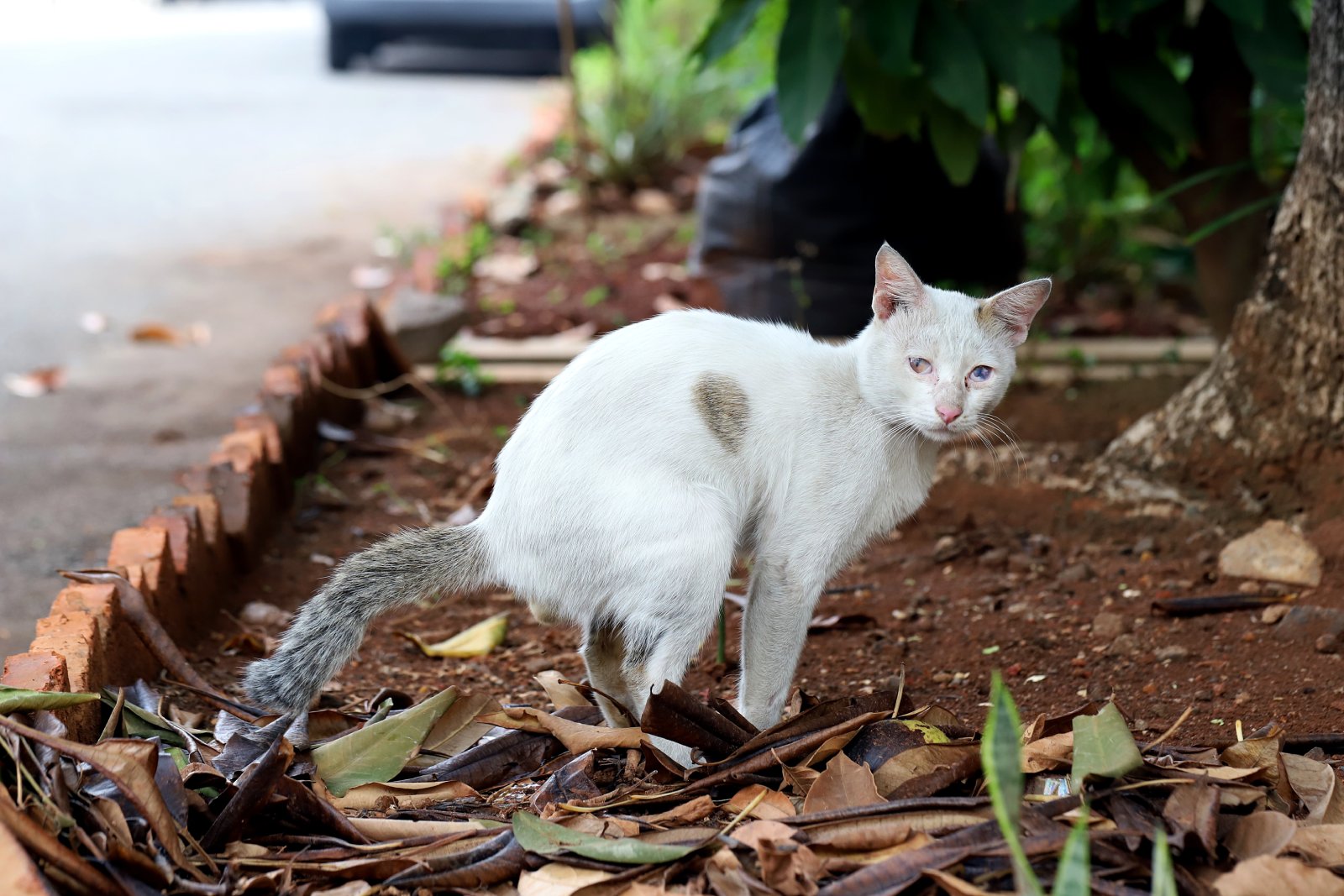
The consistency of your pet’s poo can reveal a lot about their digestive health. Hard stools might indicate dehydration, particularly if your pet doesn’t seem to be drinking enough, while soft or liquid stools could point to dietary problems or digestive upset.
3. Hydration Status
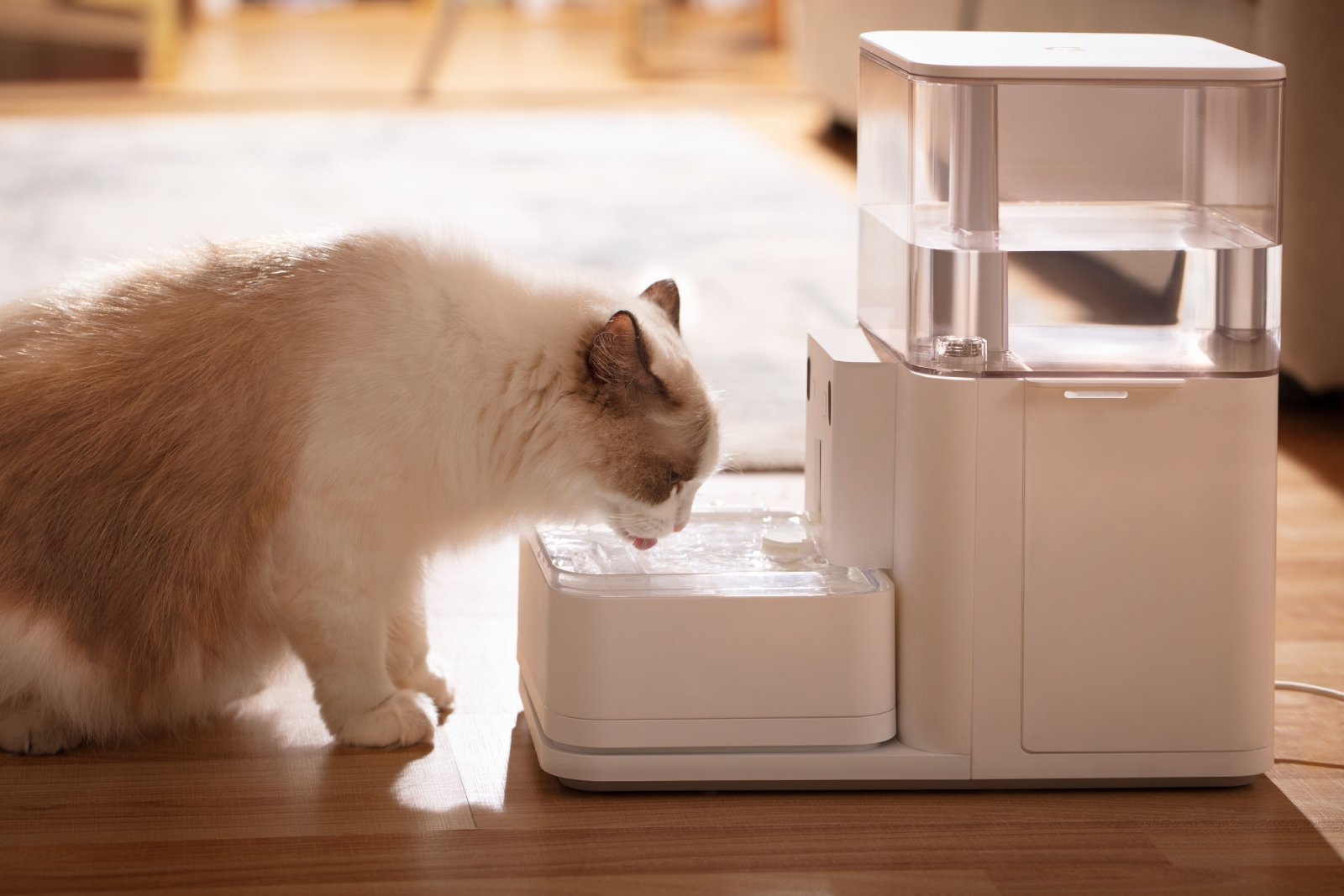
Dry, hard poo can be a sign that your cat or dog isn’t getting enough water. This is especially common in cats that eat primarily dry food and can lead to urinary health issues.
4. Diet Suitability

If you notice undigested food in your dog’s or cat’s poo, it might suggest that certain aspects of their diet aren’t suitable for them, or that they are eating too quickly.
5. Presence of Parasites
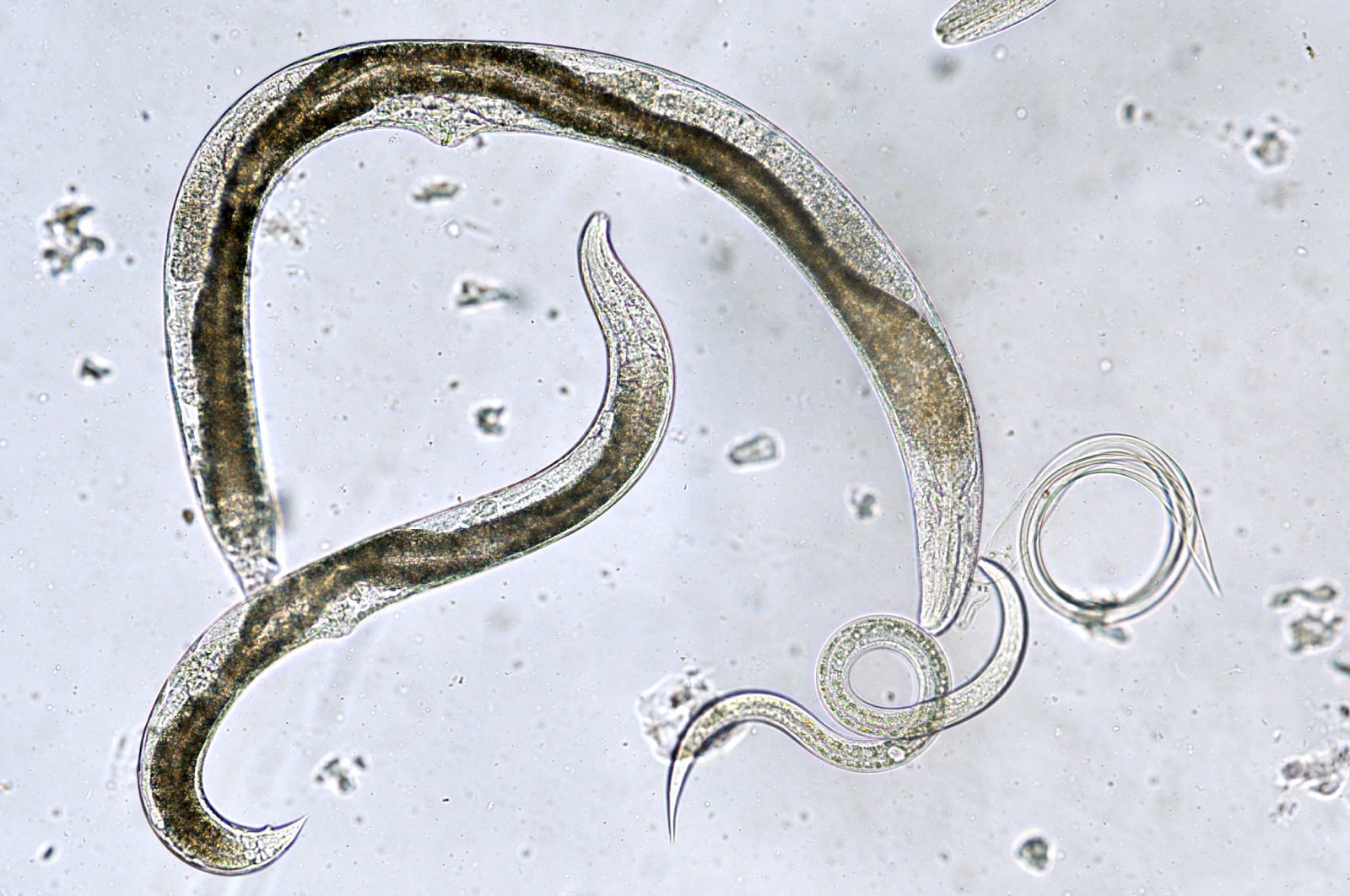
White specks that look like grains of rice in your pet’s poo can indicate the presence of worms. Regular de-worming, according to your vet’s schedule, is important to keep these parasites at bay.
6. Intestinal Health
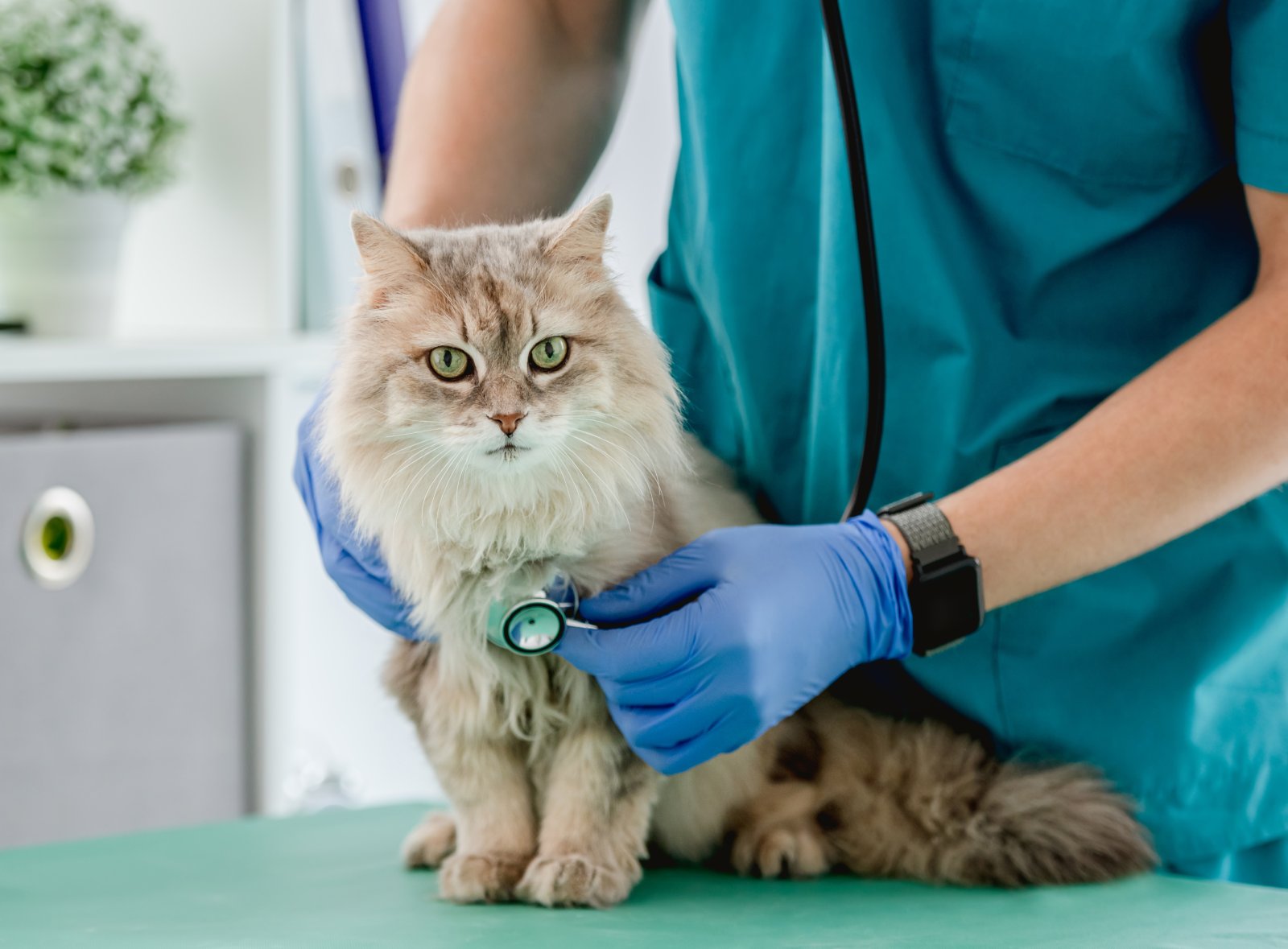
Mucous in the poo can be a sign of inflammation in the intestines. While a small amount might not be worrying, significant or frequent occurrences should prompt a vet visit.
7. Blood in the Stools

Blood in the poo, whether bright red or dark and tarry, can indicate serious health issues ranging from parasites to gastrointestinal disorders and should be addressed by a veterinarian promptly.
8. Stress Levels
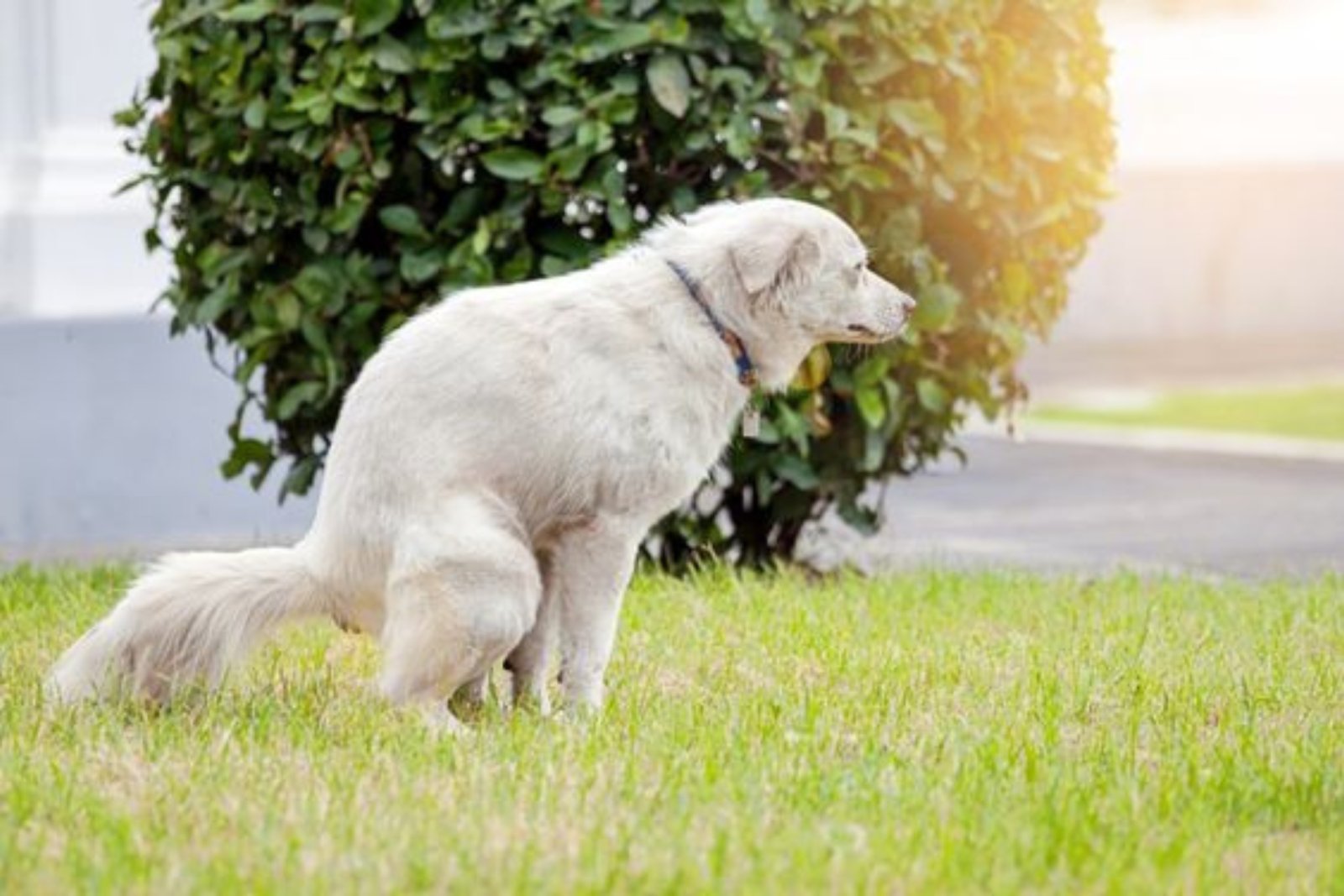
Changes in poo consistency can also be linked to stress, especially in dogs. Stress can disrupt normal digestive processes and result in diarrhoea or constipation.
9. Allergic Reactions
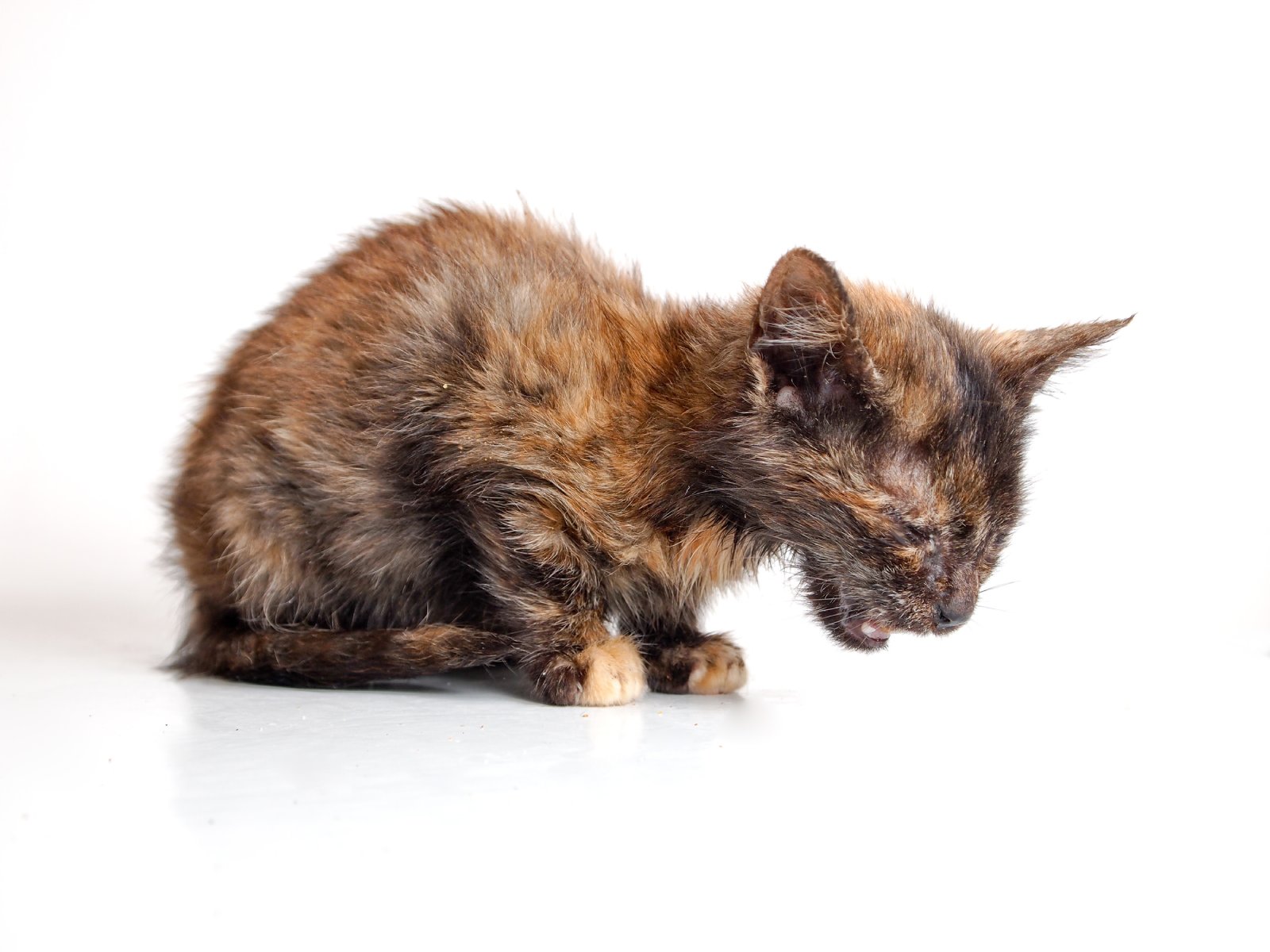
Allergies to certain types of food can manifest in your pet’s poo. Frequent, loose stools might necessitate a review of their diet with your vet to rule out food allergies.
10. Nutrient Absorption
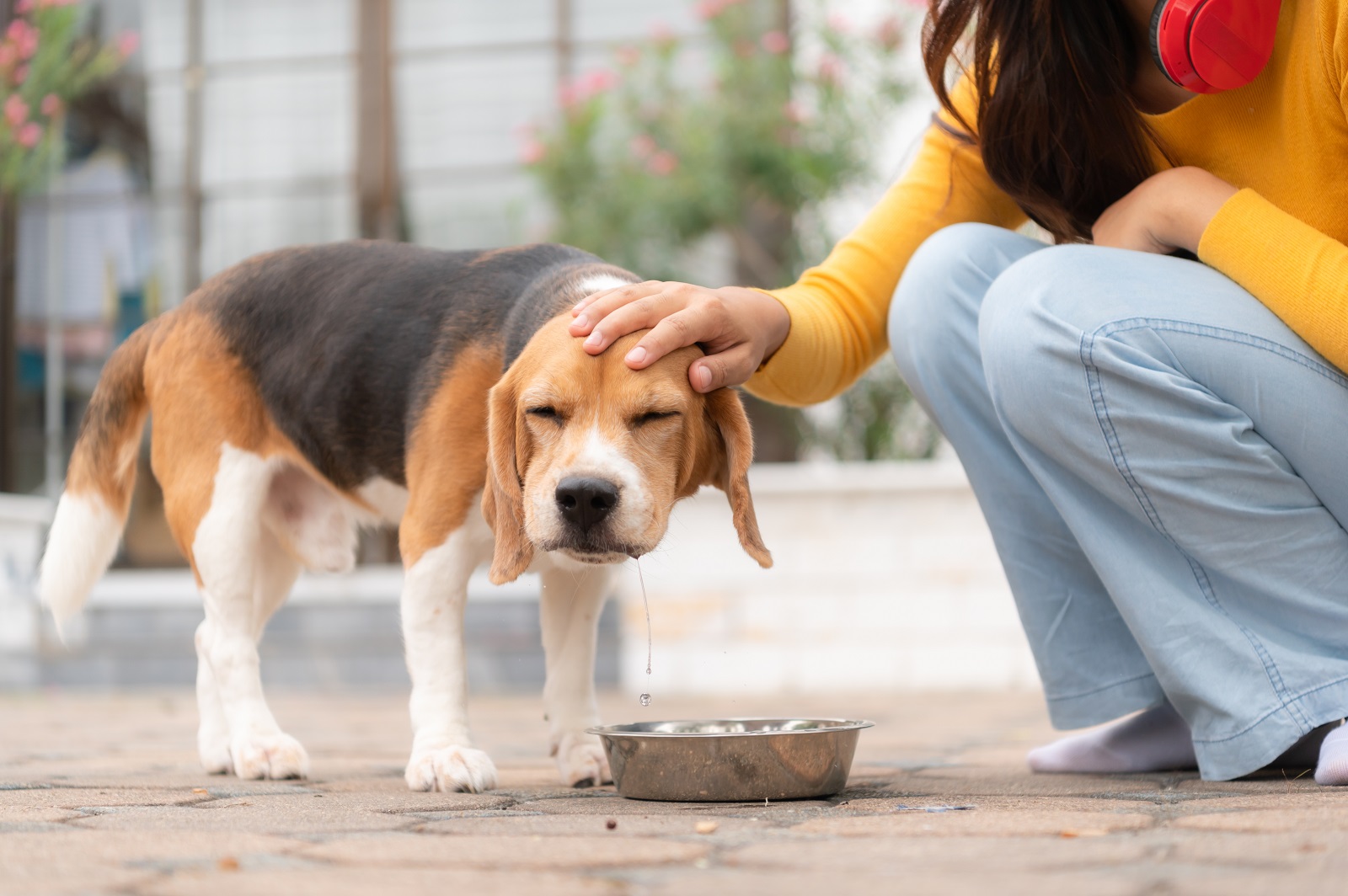
Oily or greasy-looking poo can suggest malabsorption of nutrients, which could mean your pet is not benefiting fully from the nutrients in their food.
11. Frequency of Bowel Movements
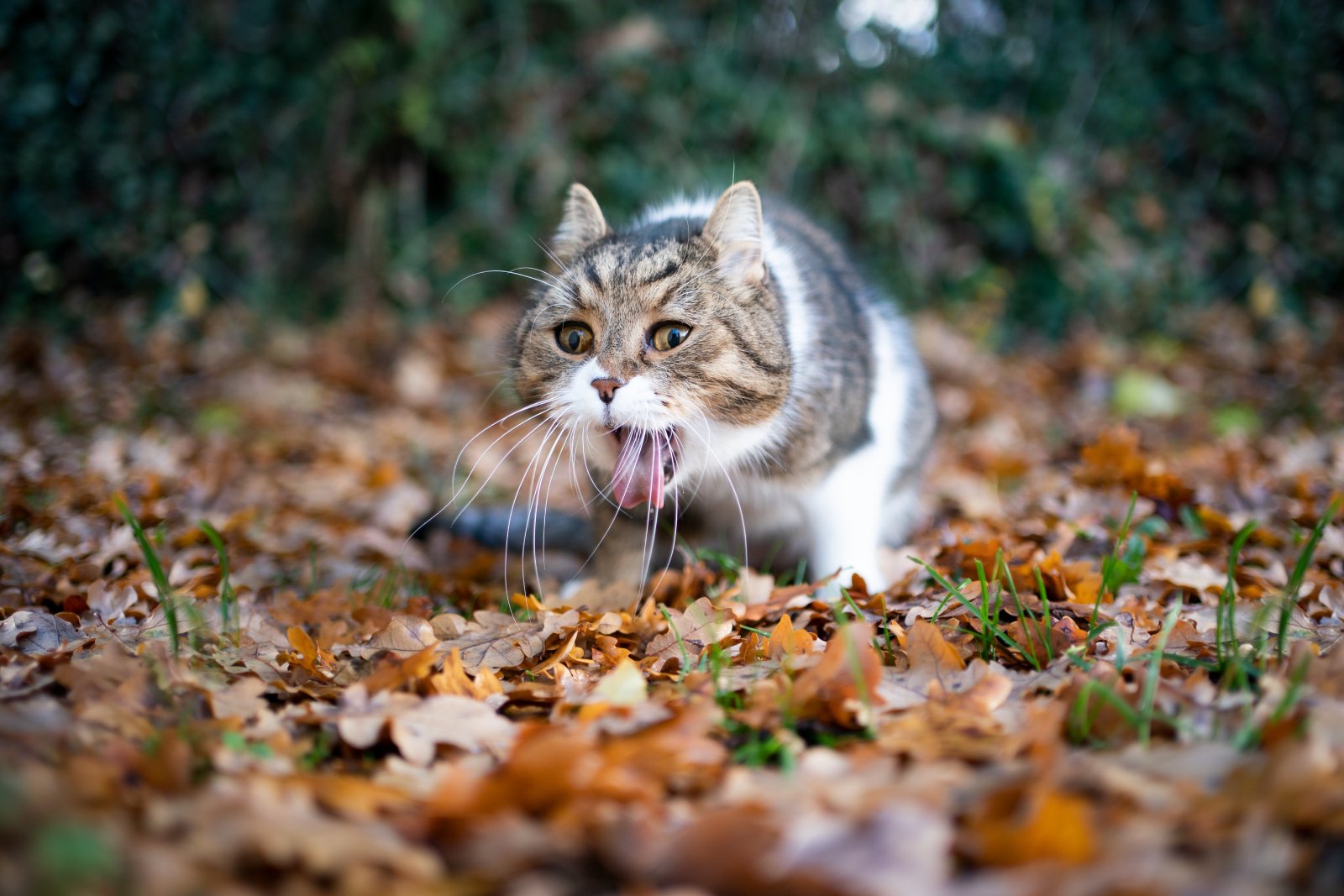
How often your pet goes to the loo can tell you if they’re regular or if there might be issues like constipation in cats or diarrhoea in dogs, which require attention.
12. Odour

Excessively foul-smelling poo can indicate infections or issues with your pet’s diet that might be worth discussing with your vet.
13. Size and Volume
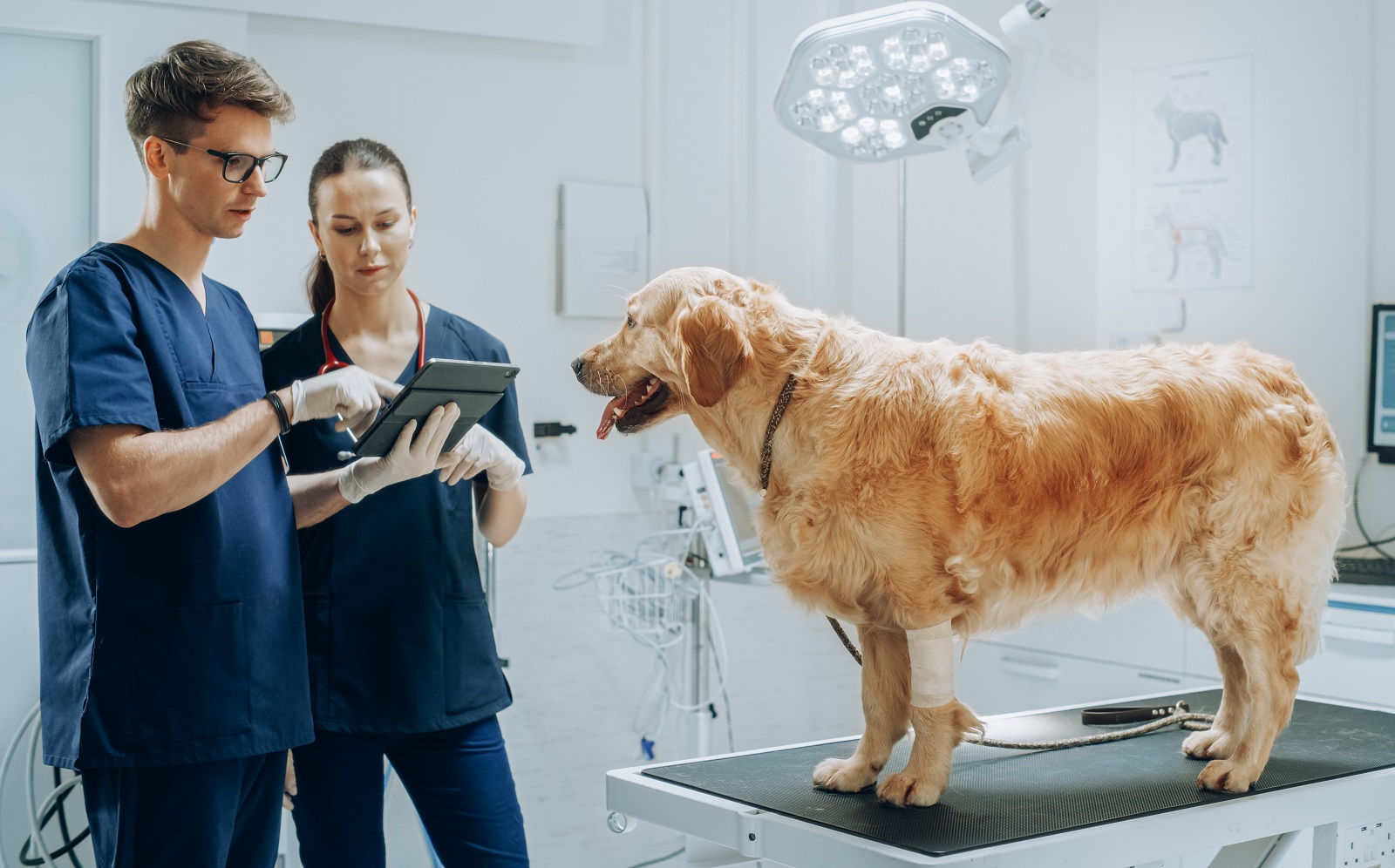
The amount of poo can reflect how much your pet is eating and how well they are digesting their food. A sudden increase or decrease in volume should be noted.
14. Colour Insights
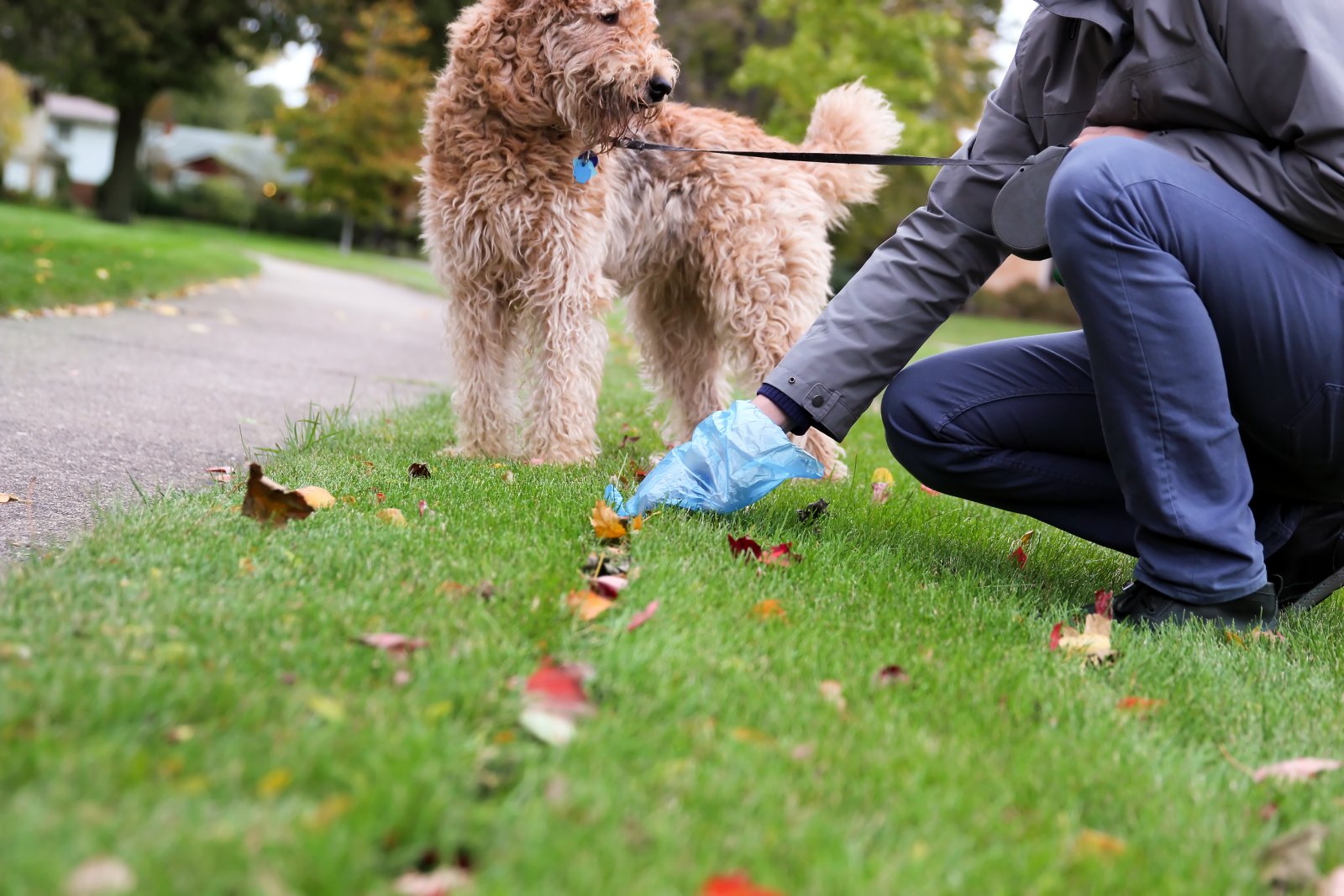
The colour of poo can vary depending on diet but should generally be consistent. Any dramatic changes in colour, such as poo turning black, green, or yellow, can indicate various health issues.
15. Consistency Changes
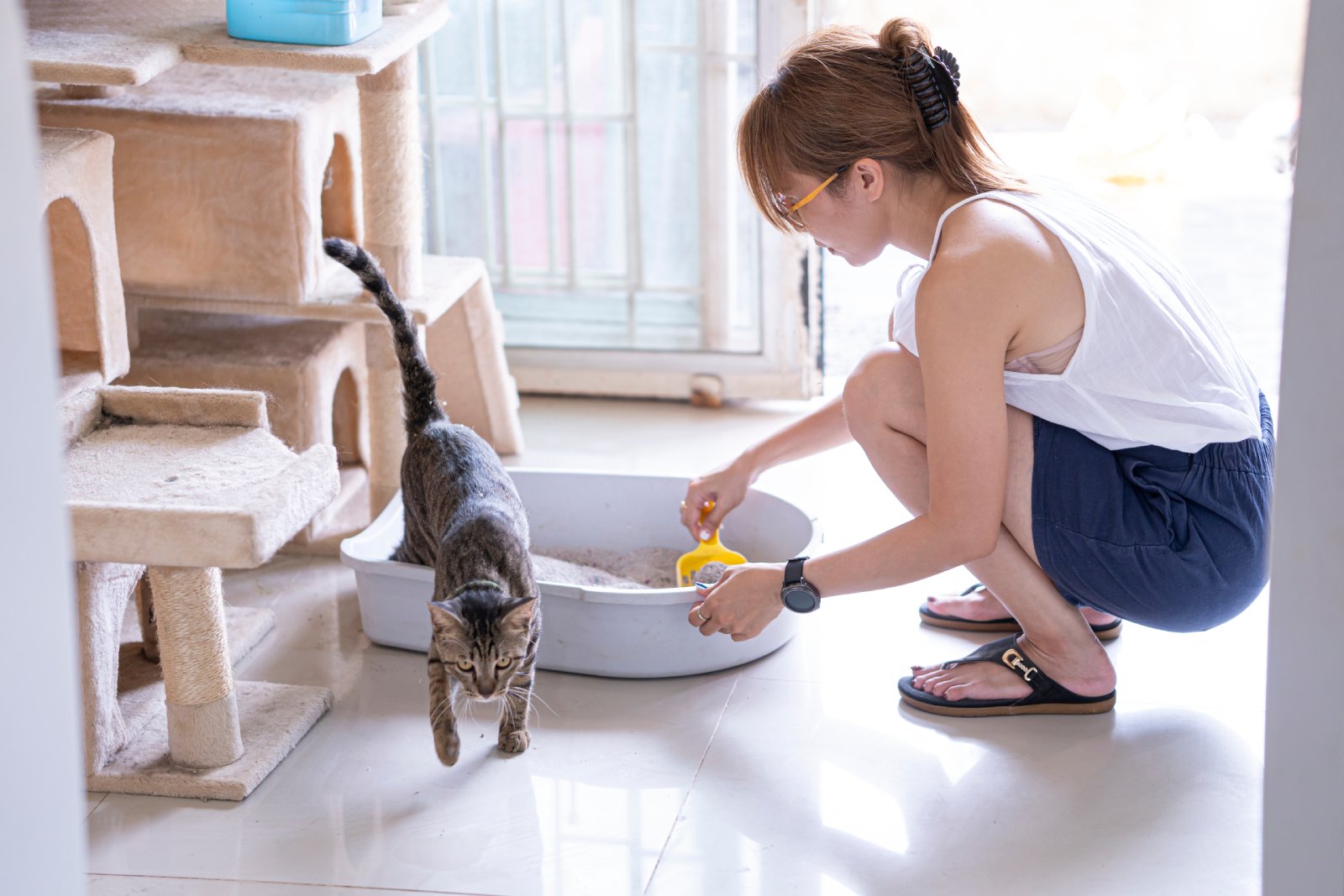
Fluctuations in the firmness and shape of poo can provide clues about dietary and health changes, and whether adjustments may be necessary.
16. Behavioural Clues
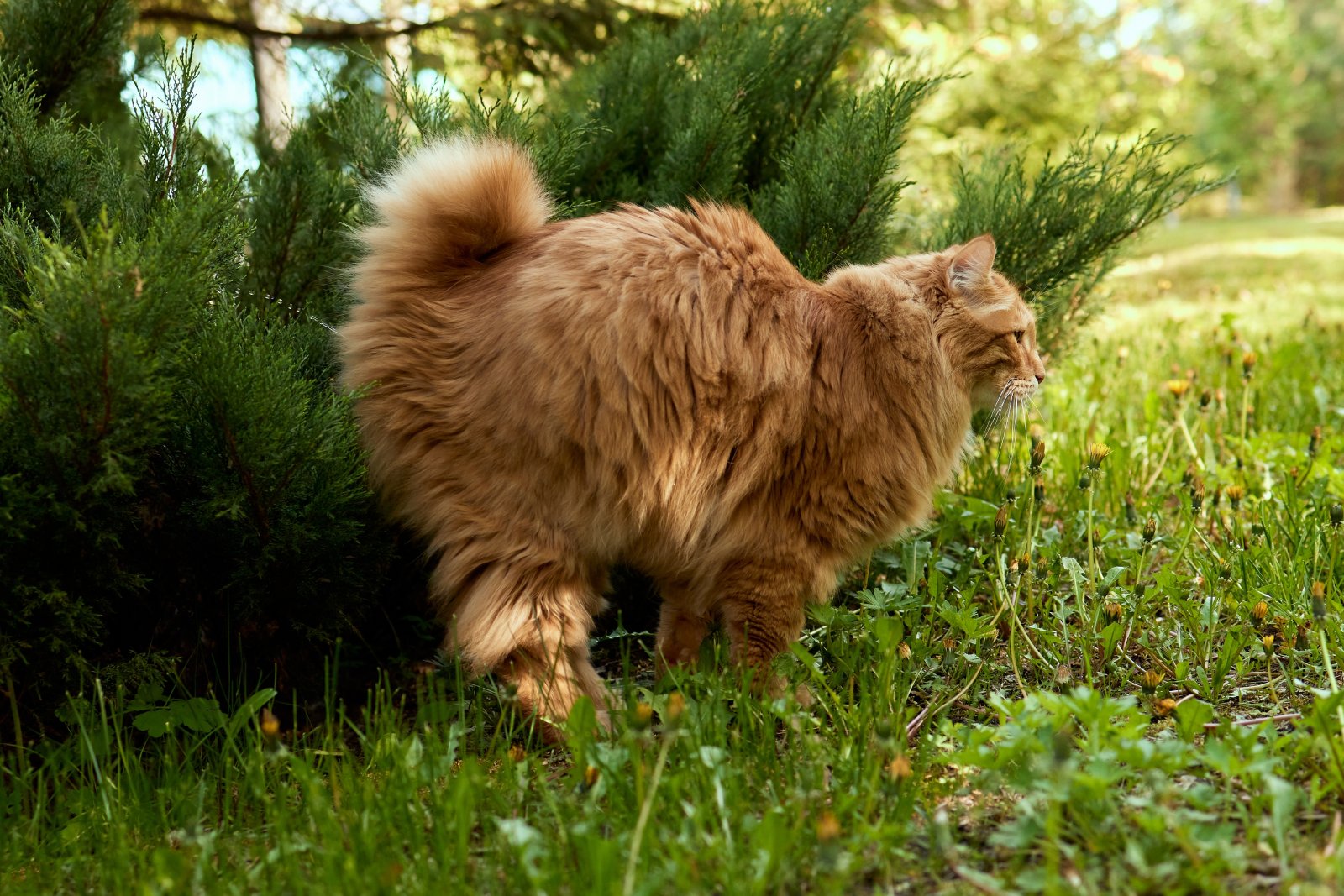
If your pet seems uncomfortable while going to the loo, it could indicate discomfort or pain, possibly from anal gland issues in dogs or constipation in cats.
17. Impact of Medication
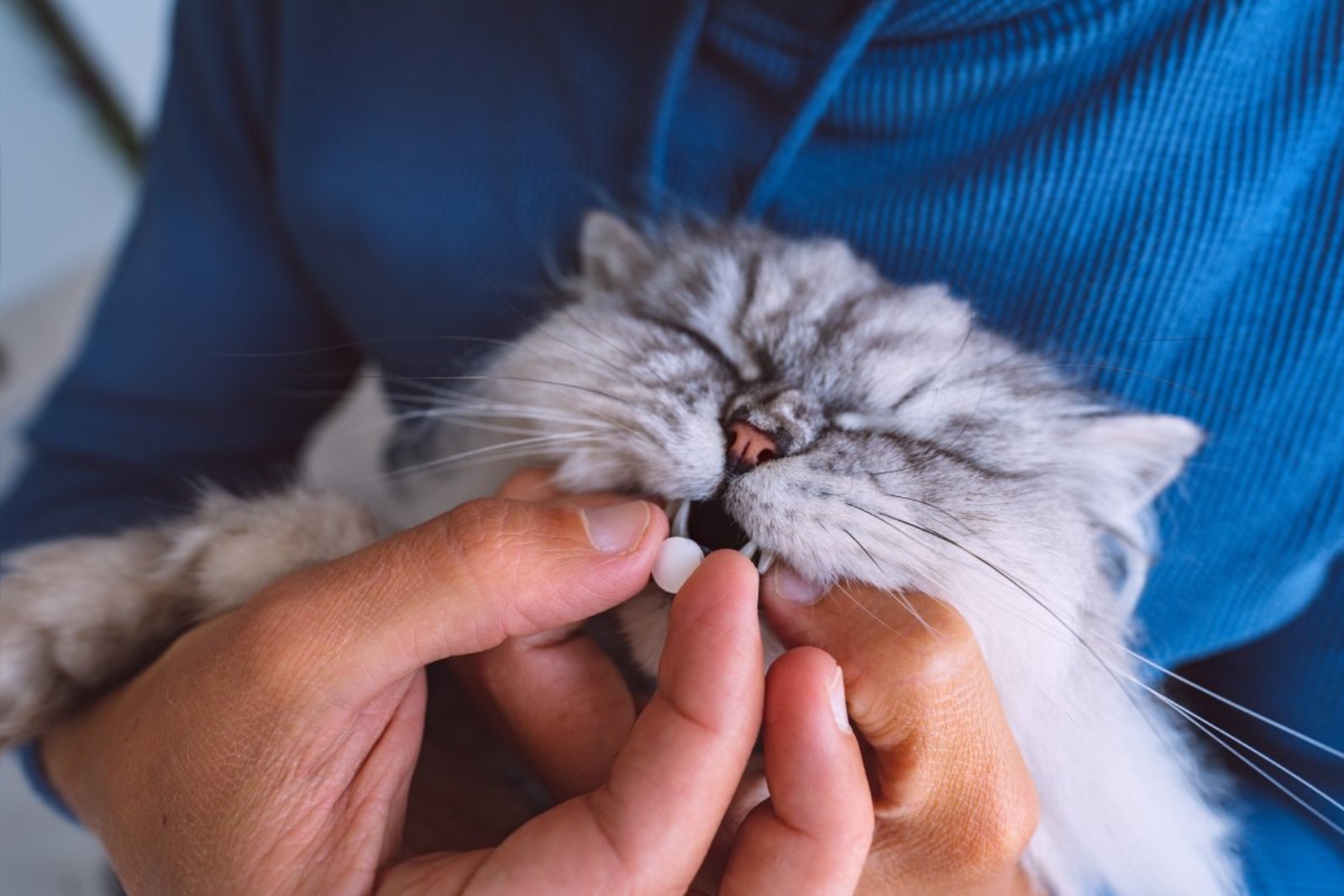
Certain medications can affect your pet’s bowel movements, so changes in poo after starting a new medication are important to monitor.
18. Seasonal Variations

Seasonal changes can affect your pet’s hydration and therefore their poo. Being aware of these changes can help you manage their diet and water intake better.
Let’s Talk About Poo

Understanding your pet’s poo can give you crucial insights into their health and prompt timely medical care when necessary. It’s a practical aspect of pet care that, while unpleasant, is vitally important.
The post Poo Patrol: What Your Pet’s Number 2 Says About Their Health first appeared on PawShore.
Featured Image Credit: Shutterstock / Saklakova.
For transparency, this content was partly developed with AI assistance and carefully curated by an experienced editor to be informative and ensure accuracy.

